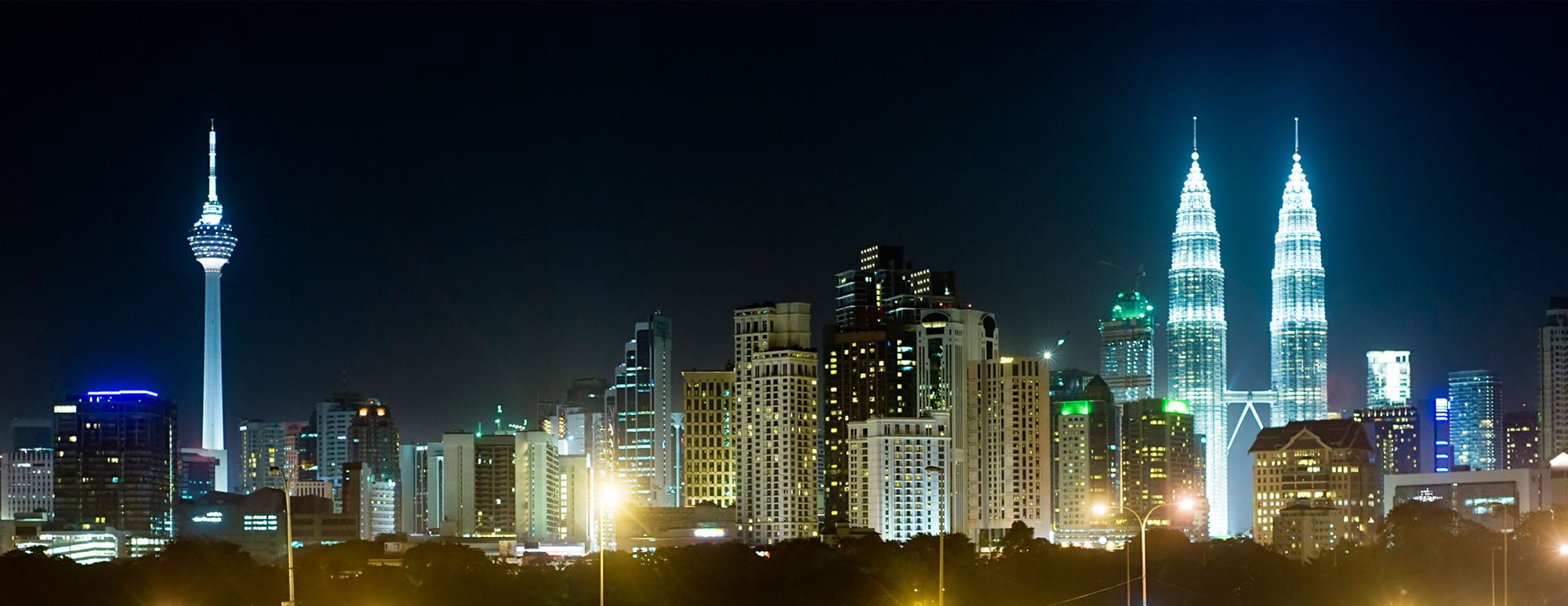Moving Malaysia

I recently spent a week consulting and lecturing in Malaysia on behalf of our new distributors in that region, a company called PanelTek. Michael Cheong, the CEO of this company, is a fine example of why retirement is such a ridiculous concept if you are passionate in what you do. I shudder to think of the masses of wasted brains frittering away their lives on a bowling green when they should be at a productive and creative peak in terms of a worthwhile contribution to society.
Anyway, enough of my outrage. Michael, a dynamo in his eighties, has decided to be a vehicle for change in his country. I conducted a well attended, full day seminar on the first day of my visit and then spent several days consulting on huge golf courses in Kuala Lumpur. Many golf courses are now bordered by high-end housing estates and these priviledged people are not keen to share their serenity with toxic overflow from this highly chemical industry. For some reason the golf industry in Asia has been targeted by fledgling carbon traders who are offering twelve year pre-purchase agreements of carbon credits. It beats me why this industry was targeted before agriculture as the conventional chemical management of golf courses is hardly conducive to carbon sequestration. However, it highlights the undeniable fact that farmers will soon have a second income via carbon credits and those that have learnt the biological mechanics of humus building will obviously be in the driver’s seat.
NTS already works with a group of leading golf courses around the world and there is no doubt that the chemical-free approach is both possible and cost-effective. I have always wondered why the golfers themselves have not been the instigators of change if only for their own protection. They are the unfortunates who are following directly behind the chemical crew in the morning and every ball on the green will contain chemical residues that are so easily absorbed through the hands. If you have any doubts about the uptake capacity of the skin, then bruise a garlic clove before sticking it to the soul of one of your feet with some sticking plaster. Within 10 minutes your mouth will be flooded with the taste of garlic.
The Malaysian golf courses have the same problems we see everywhere. The overuse of nitrogen causes increased pest and disease pressure and the regular intervention with a range of rescue chemicals further compromises protective biology and further increases the need for chemicals. One of the courses was using a very expensive American product to boost grass growth in shady areas. This mystery product will be highly overpriced fulvic acid, as this is one of the many benefits of this natural acid.
The introduction of Nutri-Life 4/20™ has proven very productive for disease management and enhanced nutrient response and the fungal version of this product can be used instead of the standard labour-intensive process of de-thatching. In this context the thatch (a layer of accumulated dead plant matter) turns from a liability to an asset as it can be digested to build humus. Soluble silica is invaluable in turf management as it offers a proactive management tool to reduce the need for chemicals. Silica strengthens the cell wall to prevent hyphal entry, the first stage of disease establishment. Similarly, insects are less attracted to a silica-strengthened plant.
An eye-opening adjunct to my Malaysian trip was a visit to the Cameron Highlands, where much of the fresh produce for that county is grown. I doubt that I have ever seen a group of growers in more need of help and their current “driving blind” approach is at the expense of the health of this entire nation. We visited a rural supply store with potential to distribute NTS products. I have never seen so many chemicals in one place. There were multiple brand names of everything, including some products with a highly questionable safety history.
The tunnel houses stretch on forever in this region and it was quite an experience to visit some of these battling growers. Everything is grown in the soil, but what a mess that soil was. It was coated in raw chook manure that stunk and was covered in flies. There was a massive nitrate oversupply and the plants suffered accordingly. There were numerous deficiencies present in the plants and it was all guesswork as these guys don’t use soil or leaf tests. The introduction of tissue testing would be tremendously beneficial here, as it would allow the precision nutrition that promotes plant health (and reduces the need for chemicals). The only problem was that no one knew of any local labs that offered a leaf testing service.
I trust that I have inspired Michael to somehow source this service. It was a little off-putting to eat salads and fruit in Malaysia when you have seen how some of this food is produced. I will do my best to further address these issues in subsequent visits.